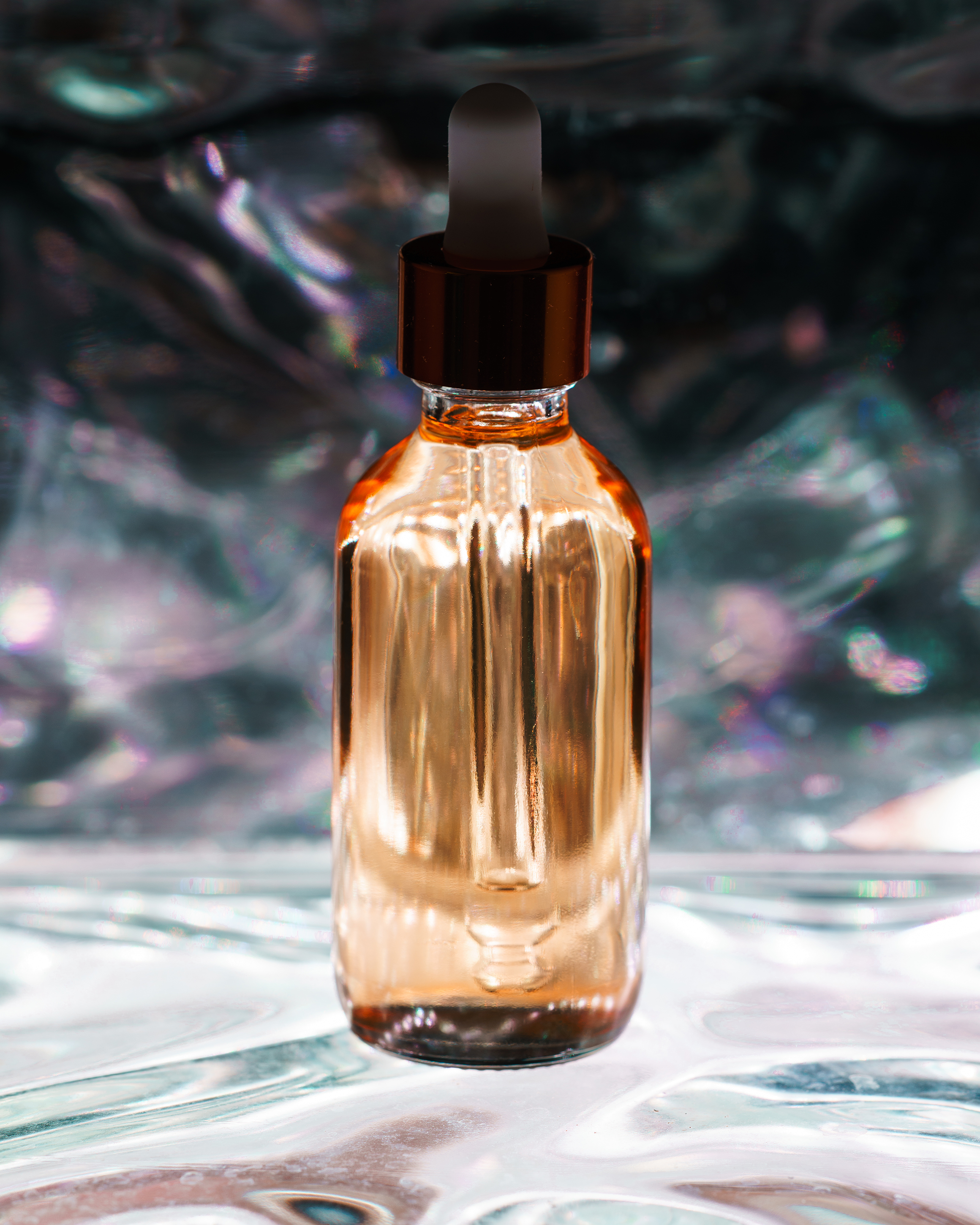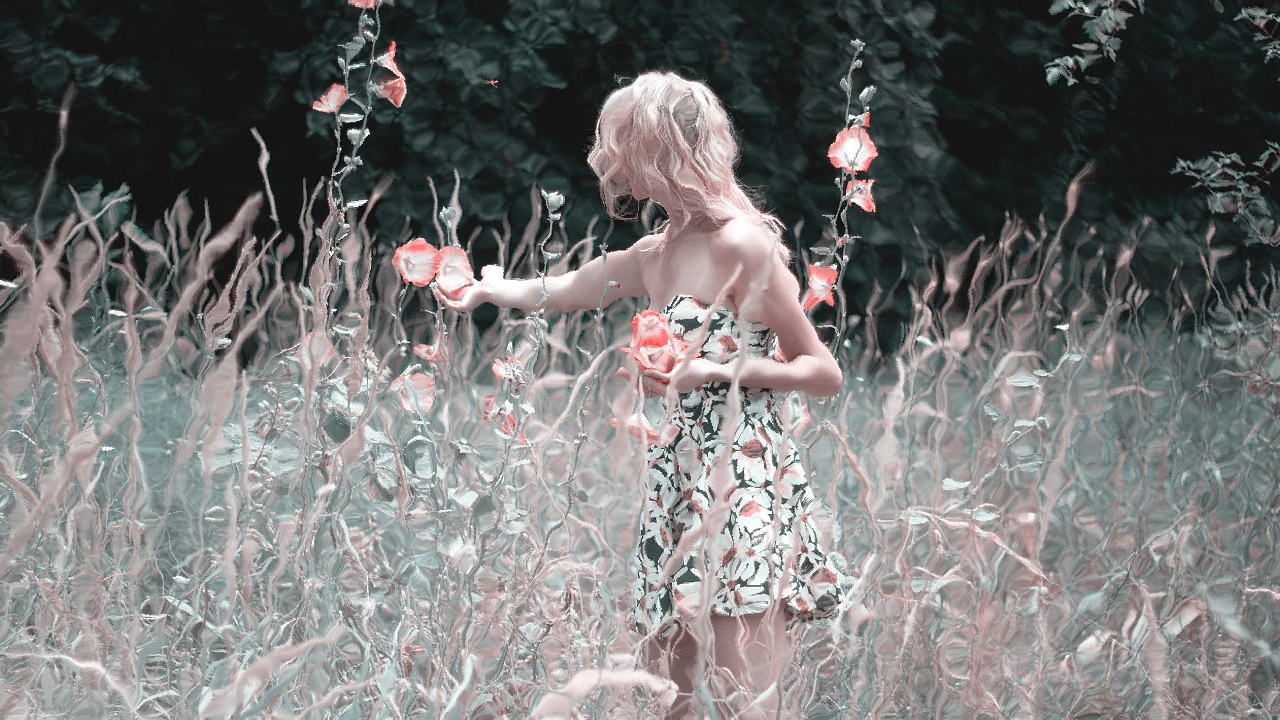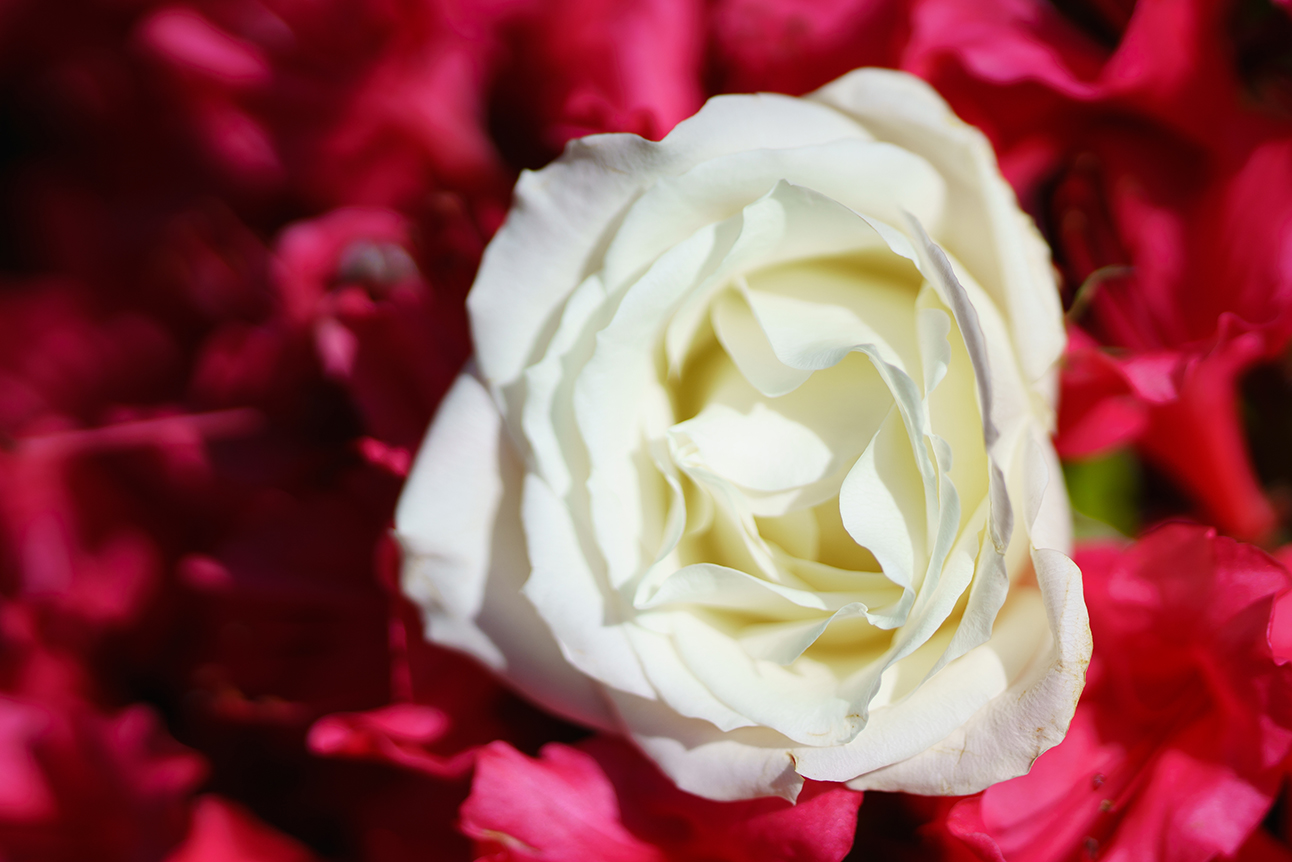The Art and Essence of Perfumes and Colognes
The world of fragrances is as ancient as civilization itself, and it continues to captivate us with its mysterious ability to evoke emotions, memories, and even influence behavior. This article explores the enchanting realms of perfumes and colognes, delving into their history, development, and the art of selecting the perfect scent for men and women.
The History of Fragrance: A Scented Legacy
The use of fragrances dates back to ancient civilizations, where they were intertwined with cultural rituals, religious ceremonies, and royal decrees. The Egyptians, known for their elaborate embalming techniques, also developed perfumes for both living and deceased. The Greeks and Romans further refined the art of perfumery, using scents in baths and public spaces.
In the medieval period, the use of fragrances became more personal. The Arab world played a crucial role in the advancement of perfumery, introducing new techniques and materials. By the Renaissance, Europe had become enamored with perfumes, leading to a flourishing industry that has evolved into the modern fragrance world we know today.
Understanding Perfumes and Colognes
Perfume for Women: Perfumes for women are typically characterized by a complex blend of notes. These notes are categorized as top (initial scent), middle (heart of the perfume), and base (lingering scent). Women's perfumes often feature floral, fruity, or sweet notes, but there's a vast range that caters to every preference.
Cologne for Men: Cologne, traditionally lighter in concentration than perfume, often features fresh, citrus, woody, or spicy notes. Modern colognes, however, have diversified greatly, offering a wide range of scents that defy traditional gender-based categories.


